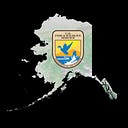Aleutians Revealed
At sea & behind the scenes of “The Last Unknown”
In the summer of 2019, photographer Ian Shive joined the research biologists and ship’s crew of Alaska Maritime National Wildlife Refuge aboard the R/V Tiglax for an insider’s look at the vast, enigmatic, and remote Aleutian Islands. He shares the experience and the refuge’s research to a wider audience with the debut of a 60-minute nature documentary special, “The Last Unknown.”
Check out some of what Shive saw and catch up with a few of the refuge’s star appearances, including millions of auklets, sparring fur seals, steaming volcanoes, monuments of war, and the one-of-a-kind Tiglax, a 120-foot floating platform for science.
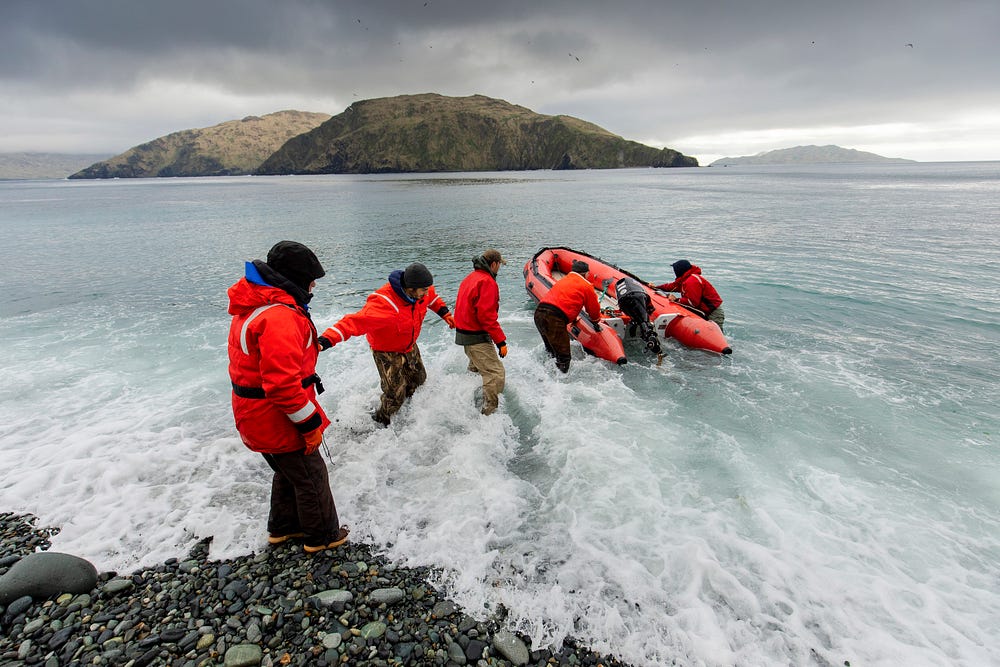
At Home in the Ring of Fire
A thousand-mile chain of islands rises between the cold confluence of the North Pacific Ocean and Bering Sea, running so far west from mainland Alaska that eventually it becomes the Far East off the coast of Siberia. Part of the Ring of Fire, about 80 large volcanoes create the Aleutian Islands, a dynamic home for wildlife and the Unangax people who have lived here for thousands of years.
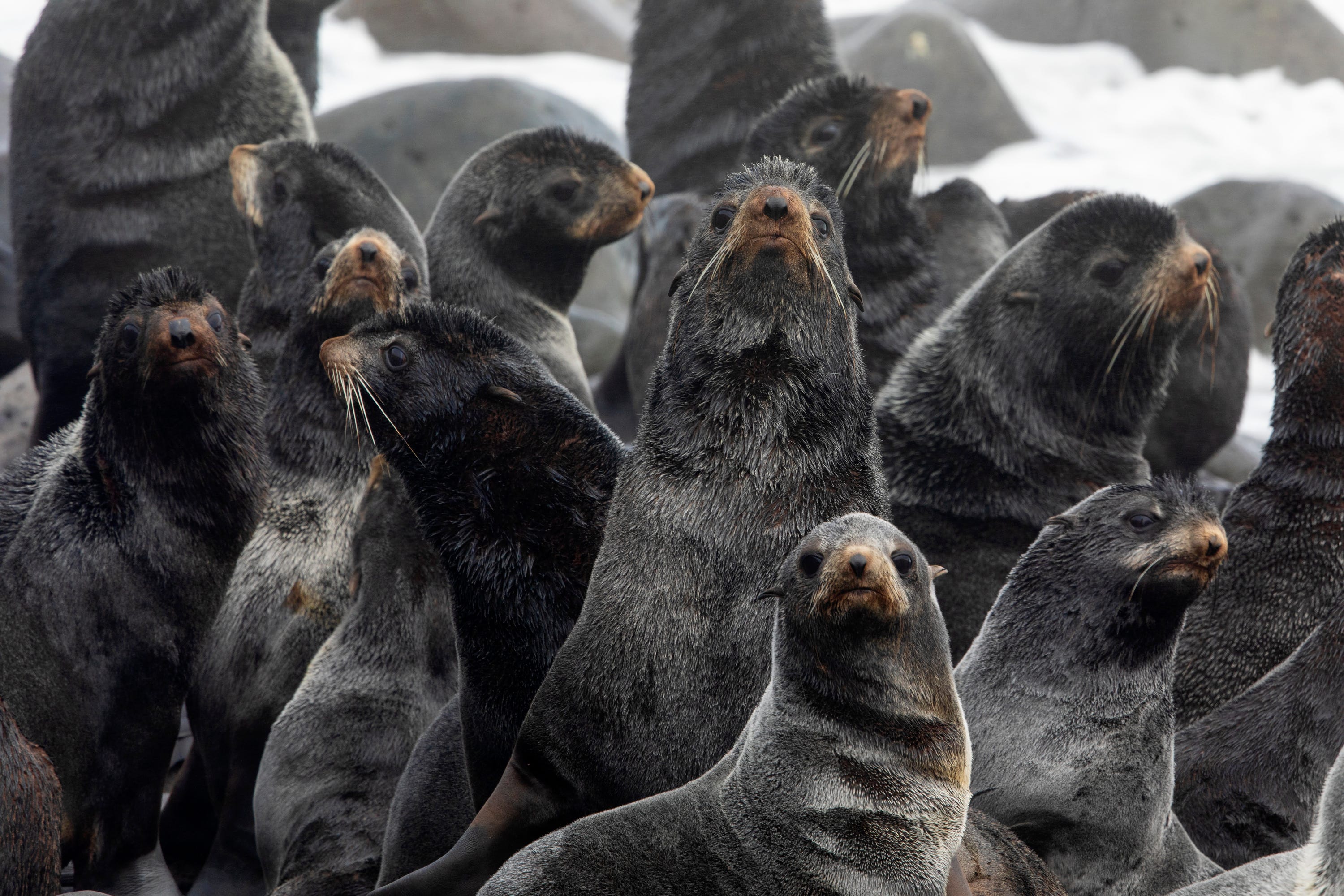

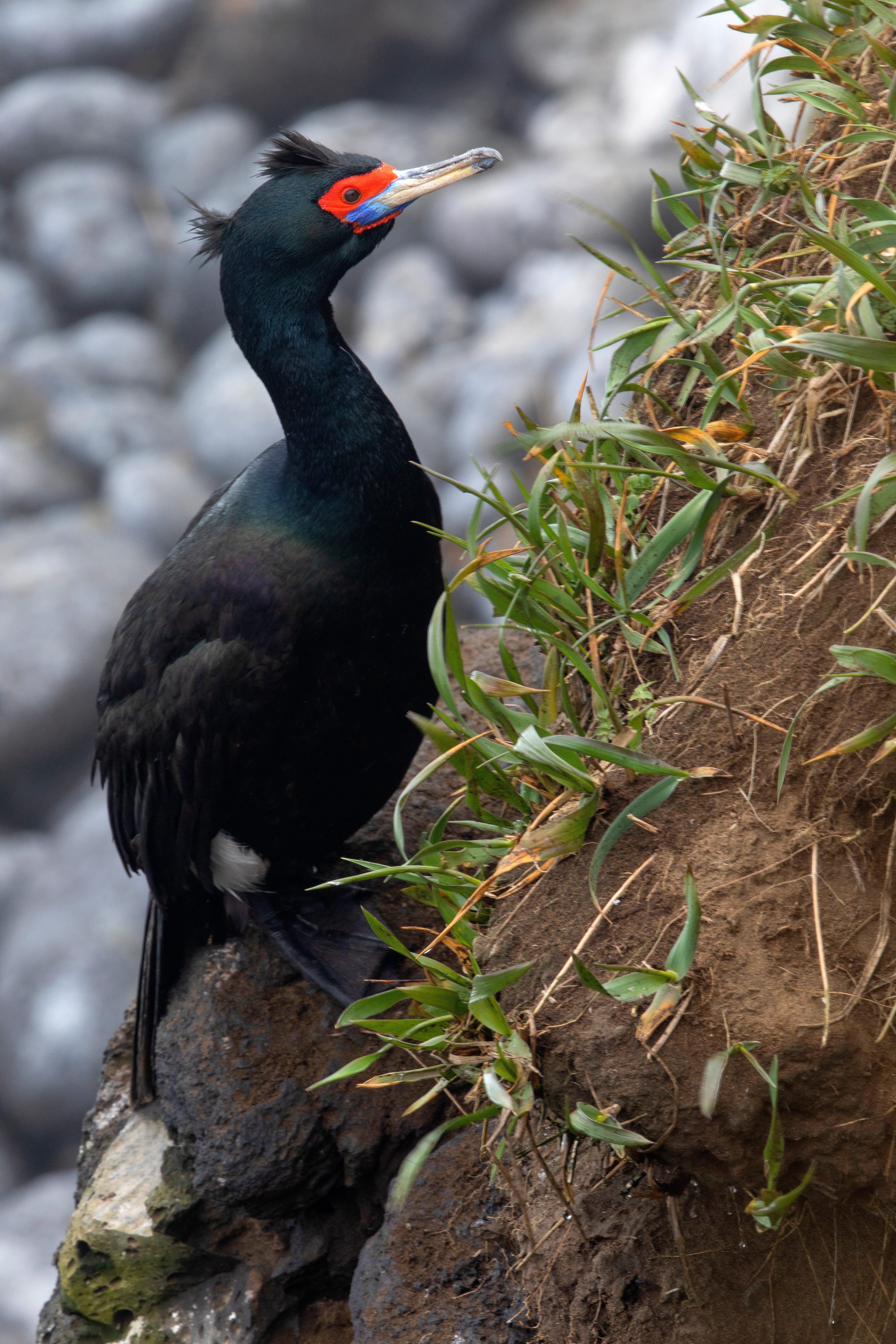

Science by Sea
Each summer, a small group of intrepid biologists embark on a marine journey to reach their far-flung study areas within the refuge. They sail with a professional crew of mariners into remote and distant corners of Alaska, taking leave of their mainland homes for months at a time.

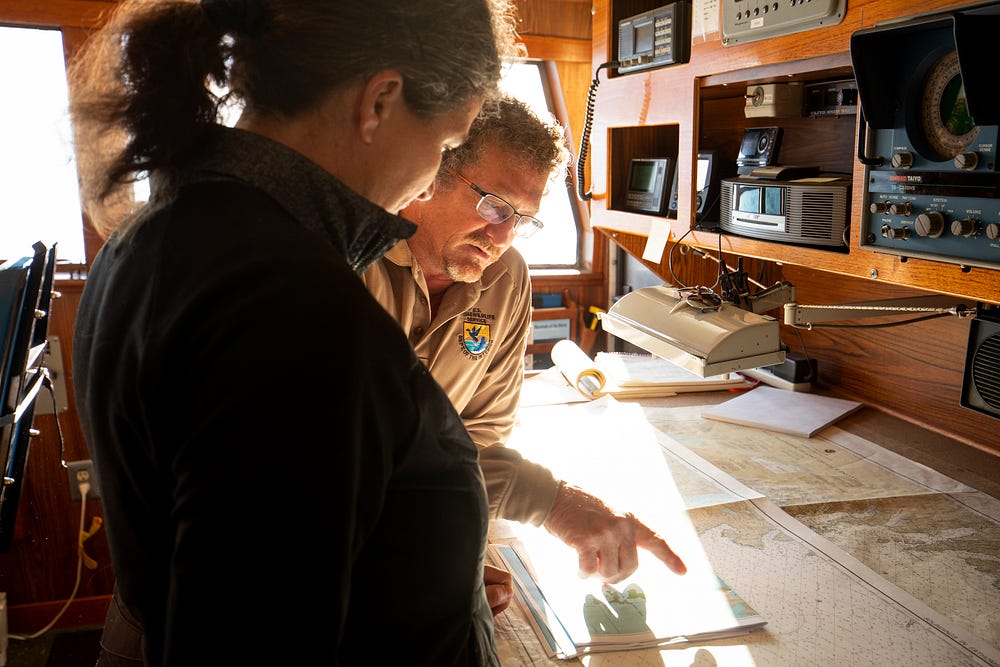
Want to get a feel for what it’s like to be on board the boat? You can take a 3D tour of the Tiglax from your computer or smartphone. Virtually walk through the ship from the flying bridge to the engine room. Watch short 360 videos along the way and meet the crew!
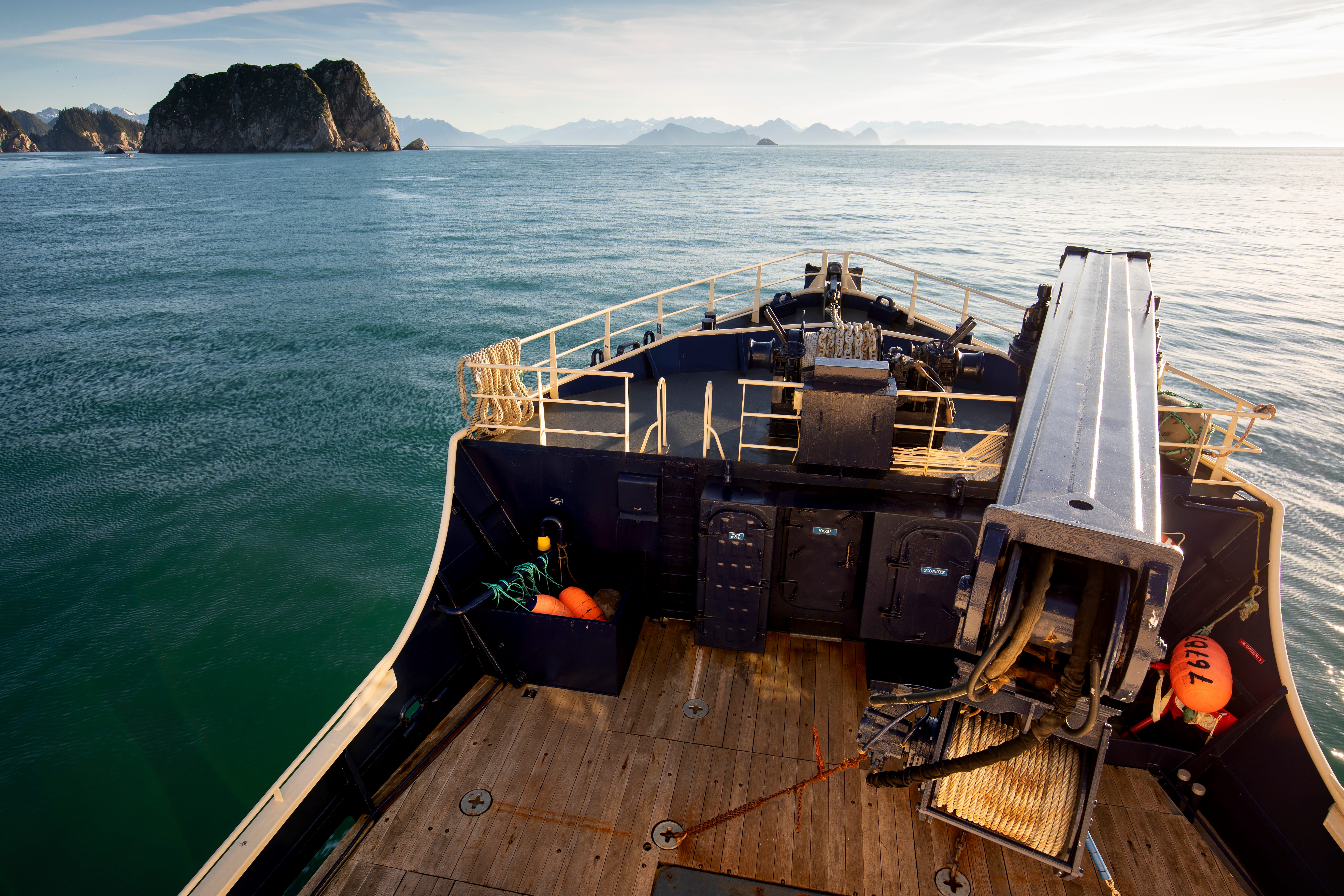
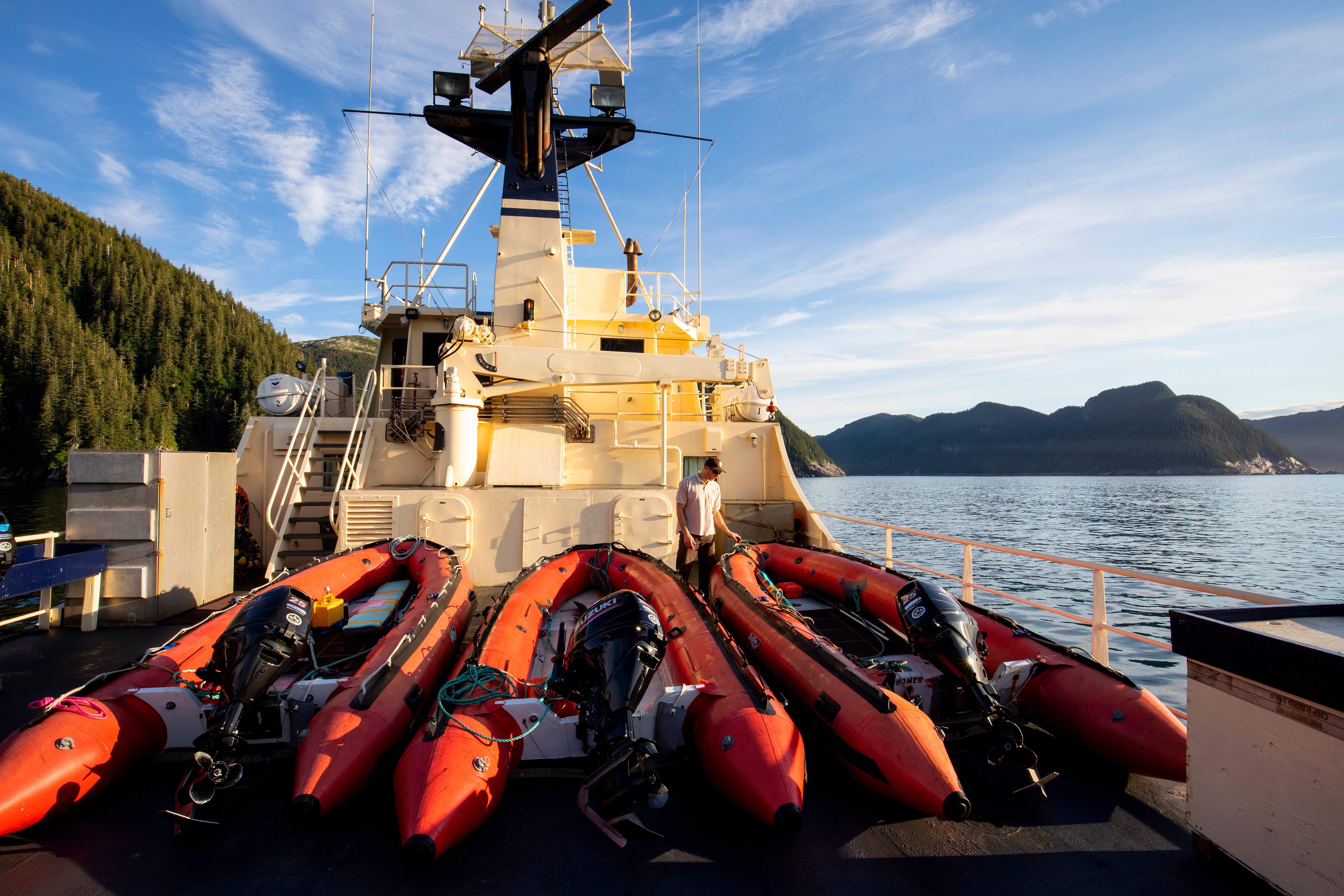
For the ship’s captain, John Faris, bringing new people out to the Aleutians is a special experience that affects the entire Tiglax crew.
“It’s always so amazing to show someone the Aleutian Islands for their very first time. What surprises most people more than anything else is not the isolation or remoteness, it’s not the weather with all the high winds and big seas … it’s the amazing sights of beauty and rawness, one after the other! It could be the million-plus birds overhead or a massive active volcano, it could be sea lion rookeries with killer whales patrolling offshore, or waterfalls a hundred feet tall dumping into the sea.”
What did he most enjoy sharing with Shive during the voyage?
“Bogosolf Island. Rarely do you get to take someone to a place that you have been hyping up for days before getting there and then have that place deliver and watch that person just be in awe and never stop grinning from ear to ear with excitement for the whole time that they are there!!”
Island Life
Would you spend a summer on an uninhabited island in a tent or cabin with just a few other people, days of foggy-misty-drippy weather, and millions of very vocal, circling seabirds? It’s definitely not for everyone, but for bird biologists Sarah Youngren and Dan Rapp, this is the best life and they loved sharing their research on Aiktak Island with a visiting videographer.
“Aiktak was in true-form when Ian and crew arrived: fog and mist. It was fun seeing how they adapted to the constant wetting of everything, including their camera gear.” Sarah recalled.
What did you hope the crew would capture?
“We really wanted them to capture the hidden world of our nocturnal burrowing seabird species and the methods we use to monitor them. We were able to show “grubbing,” where we stick our arms into seabird burrows and try to feel what’s inside.”
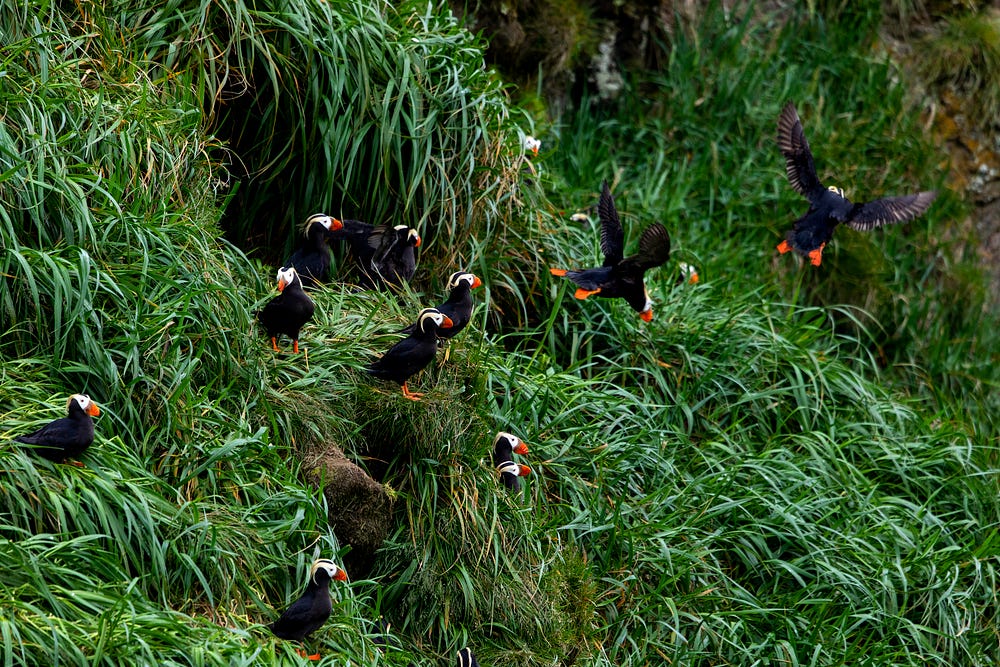
Anything special about the filming day?
“Aiktak’s tufted puffins are ever-present during the summer, but some days they show up in even bigger numbers. We weren’t sure if the day Ian and his crew arrived would be one of the puffin big days, but it was!
It was like show-and-tell. The crew had limited time to film, so we tried to use the most of it by showing as many of our favorite parts of Aiktak as possible including the tufted puffin, ancient murrelet, and storm-petrel colonies.”
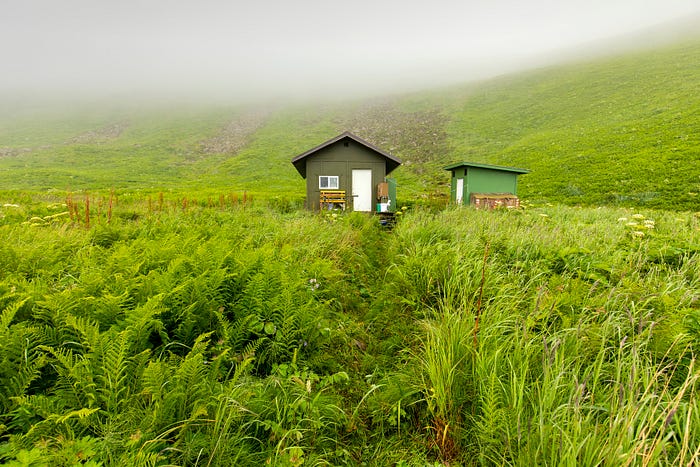
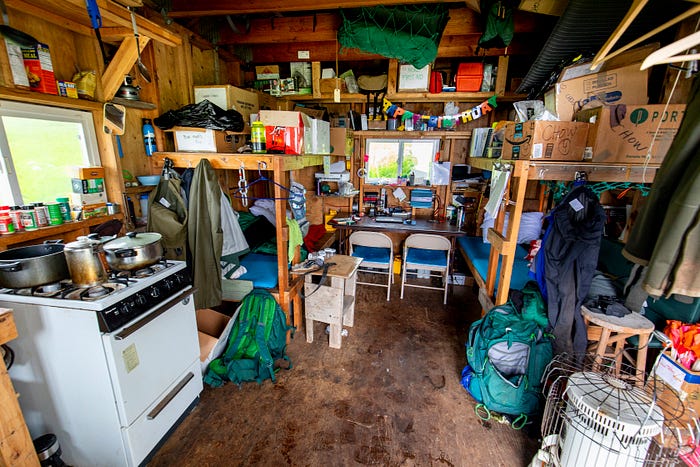
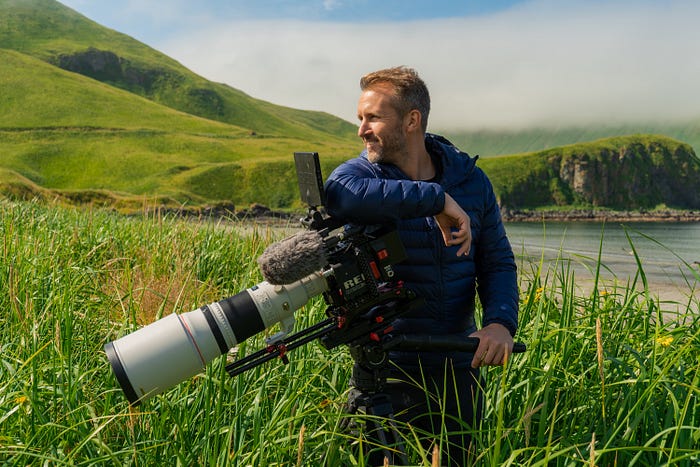
Legacy of a Forgotten War
As the research vessel and crew visit remote camps and communities along the chain, they also weave through memorials to a history of conflict known as “The Forgotten War.”
For refuge manager Steve Delehanty, this is a powerful story to share:
“These lonely islands are not just connected to us ecologically. They are connected to our hearts, our history. Battles were fought here. People died. Survivors were forever marked by their experiences.”
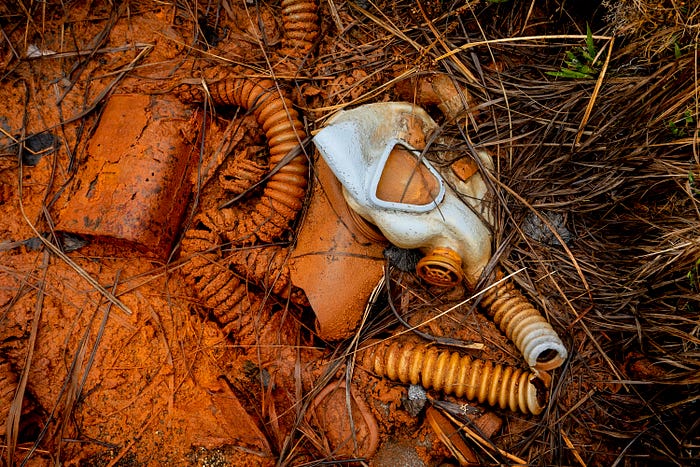
During World War II, the archipelago saw invasion by Japanese forces, the occupation of two islands; a mass relocation and imprisonment of Unangan civilians; a 15-month air war; and one of the deadliest battles in the Pacific Theater. The refuge now manages the multiple sites that make up the Aleutian Islands WWII National Monument.
Delehanty reflected about sharing these remote sites through film. “The signs of war remain today, like nowhere else in the world: bunkers and caves, planes and submarines, awe-inspiring remnants not in a museum, but right here on these islands, where bullets once flew.”
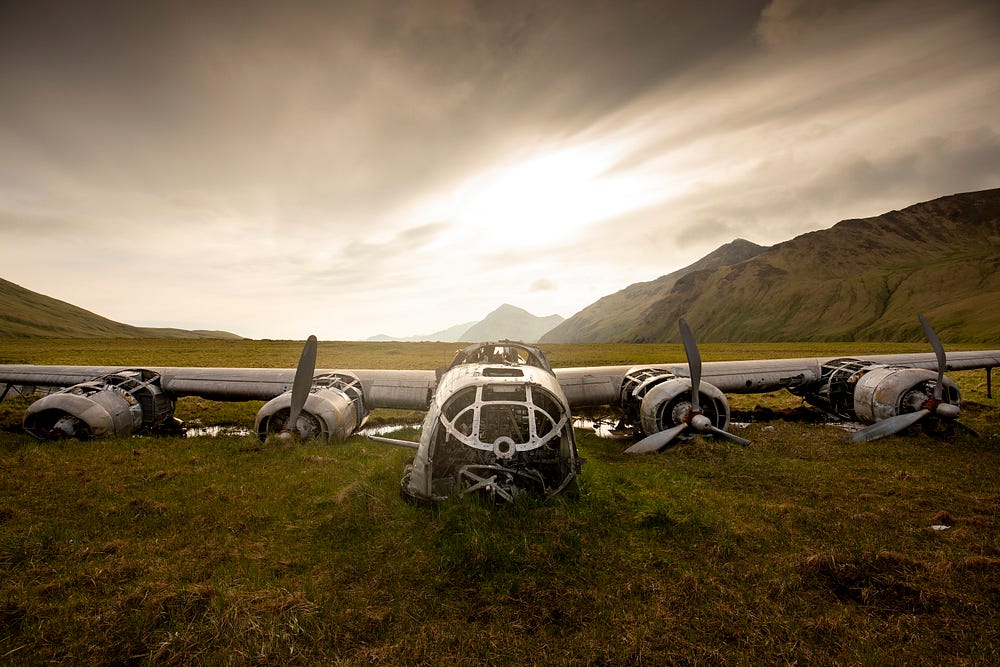
World War II forever changed the Aleutians, the Unangax people, and the lives of those who waged battle there, leaving behind scars and stories scattered throughout the refuge that exists today.
Millions of Seabirds: A Big Window Into Sea Change
Seabirds spend most of their lives at sea, coming to land on the refuge for only a small part of their year. Shive captured this spectacle as he visited some of the refuge’s seabird monitoring sites: dark clouds of swirling auklets, cliff colonies of murres, tufted and horned puffins, and dramatic red-faced cormorants.


So what can the refuge’s millions of seabirds tell us about our world? It turns out, quite a lot. We all depend on the same ocean waters, and seabirds are one of the best windows into the health of oceans and the wildlife that live in them.
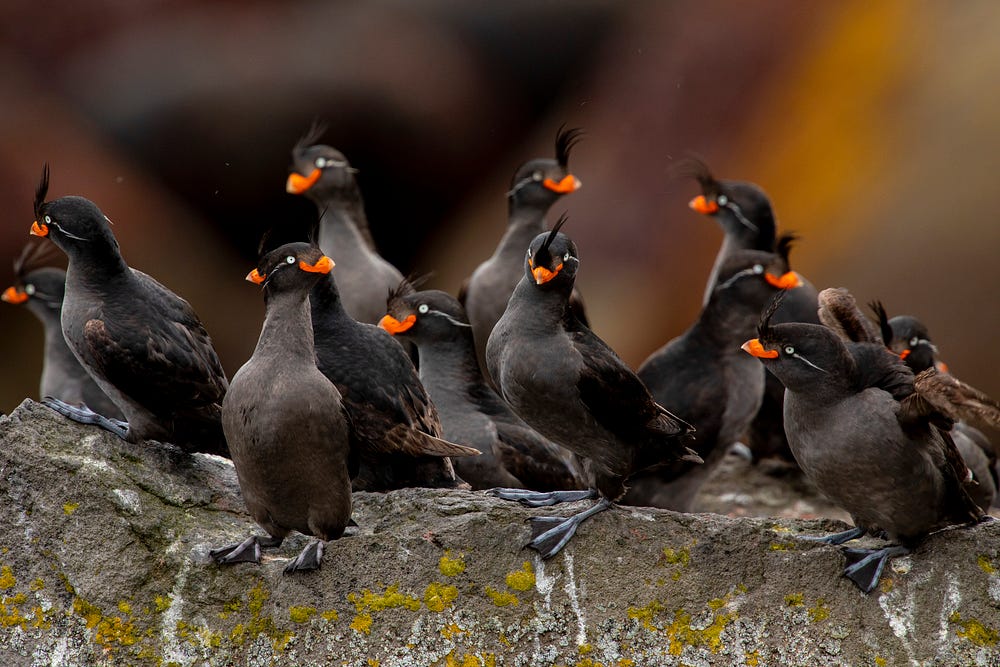
Seabirds are top predators, feeding on fish and plankton, and their food strategies include a variety of harvest locations: deep dives, surface foraging, feeding close to shore, or dining far away at sea. As the climate changes, we can study them to collect clues about our underwater world that might otherwise remain hidden.
Check out more:
Start here for a virtual visit to Alaska Maritime National Wildlife Refuge.
Links to 3D tours, stories, photos, educational resources, and more.
Can I visit?
Yes, although most of the refuge is very remote, even by Alaska standards. Planning a trip to one of the more accessible wildlife viewing hotspots is a bucket list experience, especially for birding enthusiasts.
How do I watch the show?
The Last Unknown premieres March 18th, 2021 on Discovery+, a streaming subscription platform for the Discovery Channel.
Watch: a playlist of 24 short video clips
Where is Alaska Maritime Refuge, exactly?
Great question! The refuge manages thousands of islands, islets, and rocky reefs spread out over a vast swath of coastal Alaska — from the rainforests of Southeast Alaska to islets off the coast of Kodiak and the Alaska Peninsula, through the Aleutian Islands and up north to the Pribilofs and into the icy waters of the Chukchi Sea. If you compare the refuge with a map of the continental United States, it ranges from Georgia to Texas to California and up to Minnesota, encompassing five different marine ecosystems.

